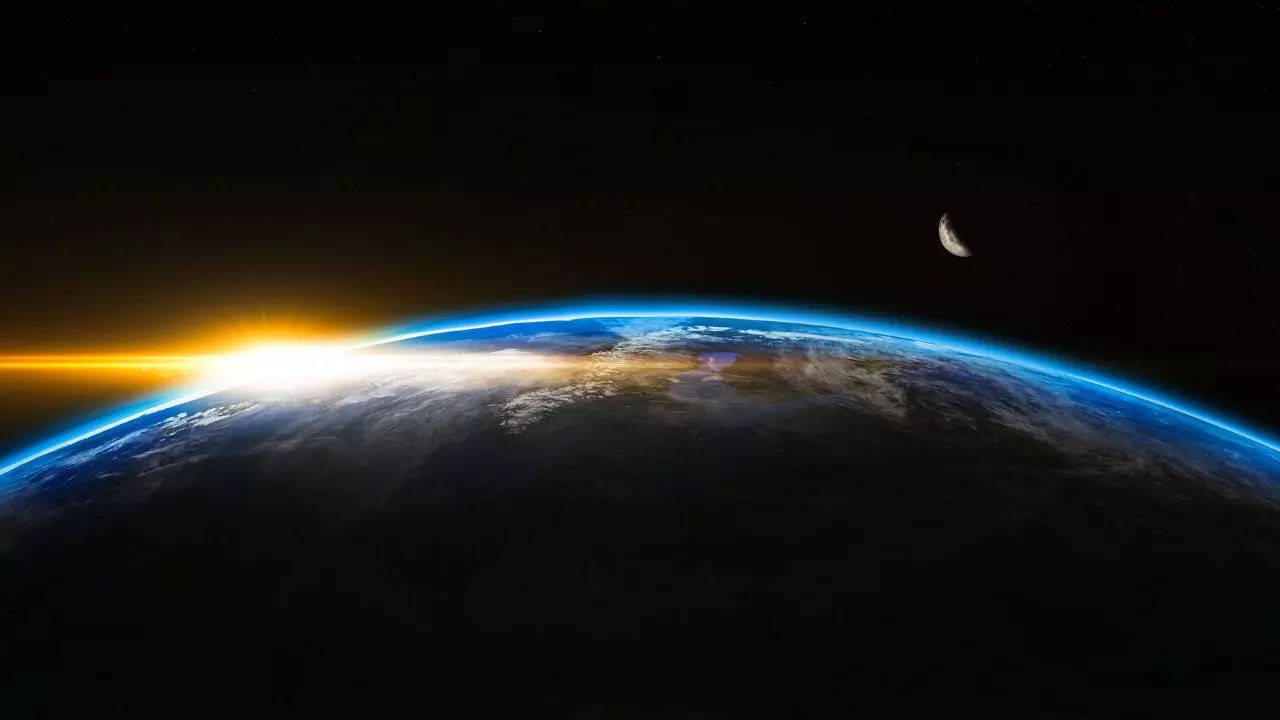Historical theories of Earth’s age
Efforts to determine Earth’s age have a long history. The ancient Greek philosopher Aristotle believed that time was eternal and, consequently, that Earth was infinitely old. In contrast, ancient Indian scholars, who envisioned a universe that repeatedly expanded and collapsed, estimated the Earth’s age to be around 1.97 billion years.
During the mediaeval period, Christian theologians estimated Earth’s age based on biblical texts, arriving at figures between 5,471 and 7,519 years, as noted in G. Brent Dalrymple’s book, “The Age of the Earth.” In the 17th and 18th centuries, various scientists attempted to estimate Earth’s age based on observations such as the rate at which Earth cools, sediment accumulation, and the chemical evolution of oceans.
Radiometric dating
Radiometric dating is a sophisticated scientific method used to accurately determine the age of Earth and geological materials. This technique relies on the decay of radioactive elements in rocks and minerals. Radioactive elements, known as parent isotopes, decay into stable daughter isotopes over time. By measuring the ratio of parent to daughter isotopes, scientists can calculate the time elapsed since the material’s formation.
The development of radiometric dating began in the early 20th century with researchers like Bertram Boltwood. This method was further refined and applied to celestial bodies, including the moon. The age of the moon, determined from moon rocks brought back by the Apollo missions in the late 1960s and early 1970s, confirmed the accuracy of radiometric dating. Today, this method is a crucial tool for understanding Earth’s history and the broader cosmos.
Clair Patterson’s discovery
In the early 1950s, geochemist Clair C. Patterson from the California Institute of Technology, who had previously worked on the Manhattan Project, used radiometric dating to estimate the age of Earth. By analysing the isotopic composition of lead in meteorites, Patterson determined that Earth is about 4.5 billion years old. This estimate has been refined only slightly through subsequent research on meteorites and lunar samples.
Despite the significance of Patterson’s work, he viewed it as unremarkable. In an oral history interview shortly before his death in 1995, Patterson noted, “No one cared about it. Even today, people don’t care how old the Earth is. In fact, less today than 40 years ago, when I measured it.”
Also Read | Understanding humidity and its effects on temperature

